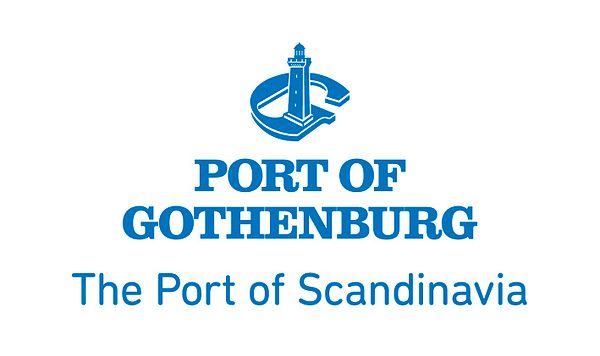Press release -
Port of Gothenburg offers natural gas bunkering
A growing number of ships worldwide run on liquefied natural gas, LNG. Now they can bunker this cleaner fuel alternative at the Port of Gothenburg. New regulations for LNG bunkering have been introduced by the Gothenburg Port Authority in collaboration with the Port of Rotterdam.
New bunkering regulations for ships operating on LNG have been drafted by the Gothenburg Port Authority and the Port of Rotterdam together with the Swedish Transport Agency. The regulations will allow cargo ships to bunker LNG at a cargo terminal and are the first general regulations to be introduced in Sweden.
"We firmly believe that liquefied natural gas is the marine fuel of the future. The new regulations will have a key role to play in bringing added momentum to our region," said Dan-Erik Andersson, Vice President Operations at the Port of Gothenburg Energy Port.
Major environmental benefits
There are major environmental benefits to be gained from using LNG in shipping. Sulphur and particle emissions are reduced to almost zero, nitrogen emissions are reduced by 85-90 per cent and carbon dioxide emissions by 25 per cent.
The regulations not only cover bunkering from land using a road truck but also from a bunker vessel, what is known as ship-to-ship bunkering. Requirements governing safety zones, weather, bunker vessels, receiving vessels, terminals and other aspects are included in the new operating regulations.
"It is particularly pleasing that many ports in Sweden and in other countries have shown great interest in what we have done and are formulating their regulations using our regulations as a template. Even public agencies such as the US Coastguard have contacted us and are interested in an exchange of knowledge," said Dan-Erik Andersson.
More LNG-powered ships due to visit the port soon
By next year, the Port of Gothenburg will be visited regularly by LNG-powered ships. Tanker operators Terntank, Furetank and Thun Tankers are all due to launch new ships that will be equipped to run on LNG.
"We expect to receive a visit from an LNG-powered ship once or twice a week next year and many will take the opportunity to bunker in Gothenburg," Dan-Erik Andersson continued.
For the time being, natural gas will come from terminals outside Gothenburg although eventually there will be an import terminal for LNG at the Port of Gothenburg.
Discount for LNG-powered ships
At the turn of the year a new port tariff was introduced at the Port of Gothenburg, which means that LNG-powered ships will receive a 30 per cent discount on the port charge when they visit the port. Over a year this will amount to a significant sum for those that call on a regular basis.
"Our considerably discounted port charge, together with the new regulations, will provide an excellent incentive for our shipping company clients to switch from oil to liquefied natural gas," Dan-Erik Andersson concluded.
The new operating regulations for LNG are available at www.goteborgshamn.se. For further information, please contact Cecilia Carlsson, Vice President, Corporate Communications, Port of Gothenburg, phone +46 (0)70-508 6632.
Fact file: Icy cold natural gas transformed into liquid
LNG is natural gas – mostly methane – that is cooled down to -163°C and converted temporarily into liquid form. This means it takes up 600 times less space and it can be transported efficiently using sea, rail and road tankers. During combustion, emissions of carbon dioxide and nitric oxide are lower compared with oil-fired operation. Sulphur and particle emissions are considerably lower. LNG is colourless, non-toxic and has no smell.
Topics
Categories
Fact file: Port of Gothenburg
The Port of Gothenburg is the largest port in the Nordic region. 30 per cent of Swedish foreign trade passes through the Port of Gothenburg as well as 60 per cent of all container traffic.
The Port of Gothenburg is the only port in Sweden with the capacity to receive the world's largest container vessels and has the broadest range of shipping routes within and outside Europe. The 25 rail shuttles that depart each day mean that companies throughout Sweden and Norway have a direct, environmentally smart link to the largest port in the Nordic region. The Port of Gothenburg has terminals for oil, cars, ro-ro, containers and passengers.

